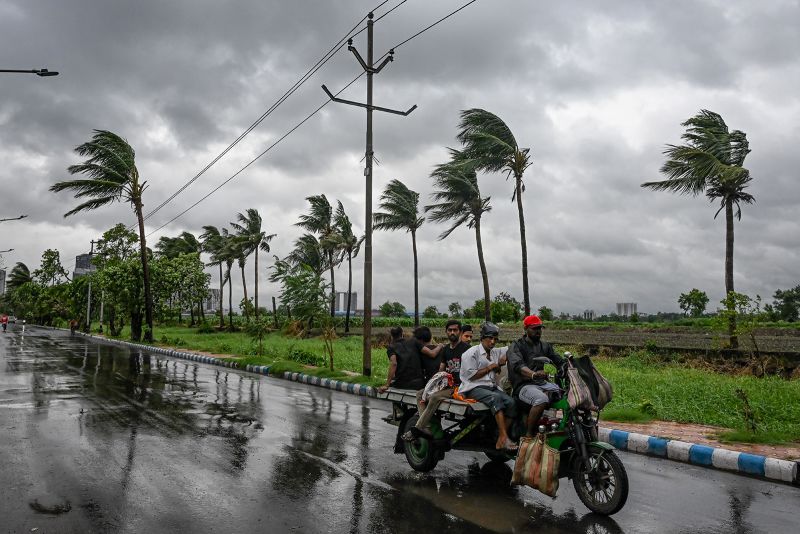As record-breaking Cyclone Remal ravaged parts of South Asia, it left a trail of destruction in its wake, claiming the lives of seven people, and necessitated the evacuation of more than 1 million residents from vulnerable areas. The ferocious storm, with its destructive wind speeds and torrential downpours, unleashed havoc in several countries, causing widespread destruction and devastating the lives of countless people.
The seven casualties were reported from various regions affected by the cyclone. Rescue teams were swift to respond, pulling out survivors from affected areas and providing immediate first aid. The untimely deaths of owing to the cyclone were a stern reminder of the damage that these natural catastrophes can inflict.
In the face of the looming threat of the cyclone, more than 1 million people were efficiently evacuated from the danger zones. These areas bore the brunt of the storm and were therefore identified as extremely high risk. The splendid execution of this large-scale evacuation plan was a testament to the preparedness and resilience of the South Asian disaster management authorities.
Additionally, the storm had a massive and far-reaching impact on the region’s infrastructure and ecology. Many settlements, especially those in coastal areas, were confronted with colossal damage. Thousands of homes were flooded or destroyed, leaving numerous individuals homeless, highlighting the large-scale humanitarian crisis the cyclone triggered.
Furthermore, infrastructure in the region has been widely affected as well. Roads and bridges have been devastated by extreme water-logging and forceful winds, disrupting communication links and supply chains crucial for relief measures. Power outages were reported in wide areas due to the damaging of power lines and stations. Many schools and hospitals, likewise, witnessed significant damage, hampering essential services and causing a spike in casualties needing immediate medical attention.
The cyclone’s environmental toll was no less severe. Several coastal and low-lying areas were inundated, leading to soil erosion and the loss of valuable agricultural land. The infestation of saline water into freshwater rivers threatens the region’s fish reserves and biodiversity. Hence, Cyclone Remal introduced layers of environmental challenges that need immediate attention.
Analyzing the situation on the ground, international aid agencies, including the United Nations, have sprung into action, providing much-needed relief to the affected areas. Food, water, healthcare services, and temporary shelters have been dispatched in an organized manner to assist those affected by the calamity.
However, the recovery and rebuilding phase will require further international support and collaboration. Resilience and recovery will involve not just repairing and rebuilding physical infrastructure but also focusing on the socio-economic rehabilitation of the affected communities, providing them with sustainable livelihood options and facilitating their return to normalcy.
The road to recovery may be long and arduous, but the collective will and determination of the South Asian people, coupled with the immense global support, promise a hopeful future. The catastrophe that Cyclone Remal brought demonstrates once again the urgency to address and adapt to challenges posed by changing climate patterns, which require collective global action and sustainable solutions.




